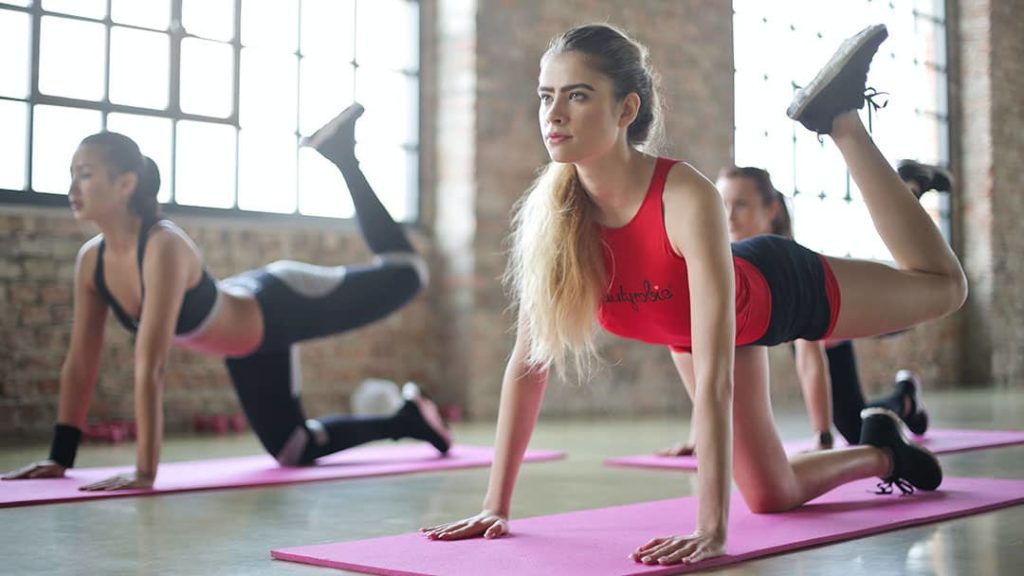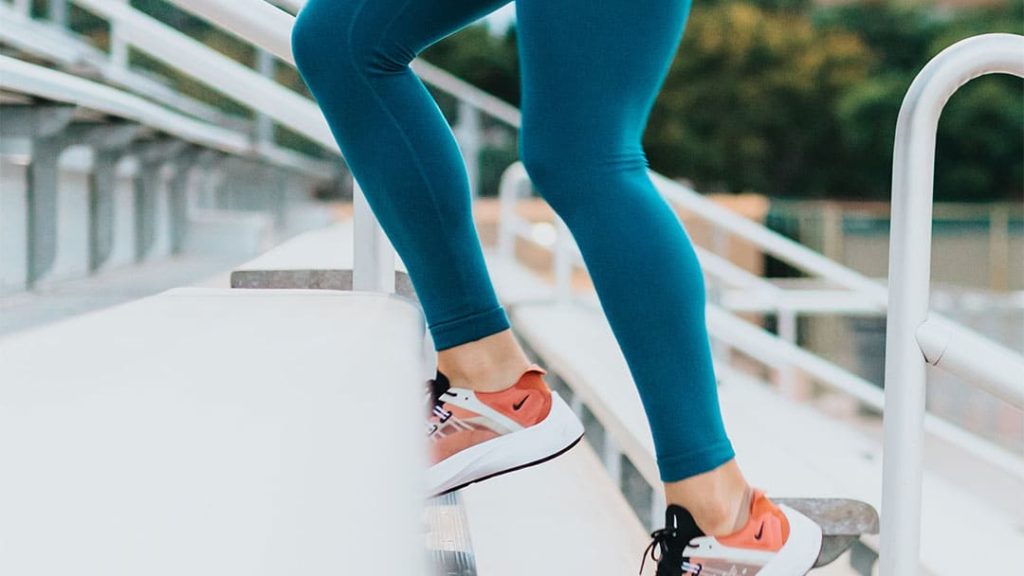We love the results, but leg days can be brutal. It’s easy to overdo it because your legs can take so much weight, but when you push yourself too far – you’ll pay the price. After the workout, the toughest part of leg day is the muscle soreness that follows. It can go from being a mild annoyance to rendering you unable to walk properly. Muscle soreness can spell disaster for your workout routine more than the pain you feel. If you get too sore or it lasts too long, it can impede your progress in your day-to-day living, as well as discourage you from returning to the gym.
Here, we’ll discuss why your legs get sore in the first place and ways to prevent or get rid of it.
Why Do Your Legs Get Sore?
We know what’s likely to follow when we have a good workout – muscle soreness. This can happen no matter what kind of workout you do, whether lifting weights or cardio. Your legs are especially vulnerable to muscle soreness because leg muscles are large, and it takes them longer to recover from a hard workout.
There are two kinds of muscle soreness you may be suffering from:
Acute/Immediate Soreness
This is the soreness you can feel during or immediately following your workout. It’s the result of stressing your muscles, so they produce lactic acid. This is the burning sensation you feel right before you reach your limit. This is the discomfort you feel between your sets or right after you have completed your workout. This soreness doesn’t usually last long. It may be gone in just a few hours.
Delayed Onset Muscle Soreness (DOMS)
The second type of muscle soreness is delayed soreness or Delayed Onset Muscle Soreness (DOMS). This is the soreness that you don’t feel right away. It seems to catch up with you a day or so later and hits hard.
To better understand this muscle soreness, let’s discuss what happens when you work out. When you lift weights, you cause microscopic tears in your muscle fibers. In the process of recovery, these tears swell and become inflamed. Eventually, they are repaired, and you build new, stronger muscles. The healing is the pain you feel!
You don’t really get beyond muscle soreness no matter how long you have been working out. It will still affect you if:
- You have begun a new workout routine for the first time.
- You have increased the intensity of your current workout.
- You have added a new activity to your training.
- You are doing the same action over and over without sufficient rest periods.
When It’s Too Much
Although muscle soreness is a natural (and even desirable) outcome of working out, it can be a sign that you’re doing too much. Reconsider your workout if any of these conditions occur:
- If the soreness lasts longer than 72 hours (3 days), you’re working out too hard.
- If you are unable to walk at all or carry out your simple daily tasks.
Note: There is a difference between muscle soreness and direct pain. If you’re working out and you begin to feel severe pain in your joints or muscles, you should reconsider what you’re doing. And if your workout is followed by swollen limbs, severe, unbearable pain, dark-colored urine, or loss of joint range of motion – seek medical assistance.

Ways to Prevent or Get Rid of Leg Soreness
The truth is, painful muscle soreness is a good sign. It means you worked out hard, and it’s had a dramatic impact on your muscles. Yay! But the pain can be severe and even debilitating. You still have other things to do after your workout, like a family to care for or work. Fortunately, there are a few things you can do to prevent or reduce DOMS.
1) Start with a Good Warm-Up
Warming up cold or stiff muscles before you work out will prevent injuries and DOMS. Consider doing a light jog, incline walk on a treadmill, or other light activity to wake your muscles. You can also try doing your first sets using just your bodyweight or lighter weights than you’ll use later when you’re properly warmed up. These activities will also get your blood flowing.
2) Rub Them Down With Product
Massaging sore muscles after a workout has been shown to reduce inflammation by switching on specific inflammation-blocking genes. It also activates other genes that increase the number of mitochondria your muscle cells produce. Healthier, more energetic cells tend to have more mitochondria.
Using Herbal Ice Hemp Muscle Rub on your sore muscles will not only relieve pain and discomfort, but the high-quality natural ingredients like hemp, Tumeric, Myrrh, and magnesium work to reduce inflammation, protect from cramps, or muscle spasms, and enhance the health of your muscles. Herba Ice also contains menthol, which stimulates your superficial nerve fibers.
3) Hydrate, Hydrate, Hydrate
Drink plenty of water before, during, and after your workout. And don’t forget to drink loads on your recovery days as well. Water helps your muscles to heal faster and transports nutrients to those muscles.
4) Stretch Those Muscles
Stretching your muscles after your workout is just as important as warming up before the workout. You may be skipping this step since you’re probably tired, but it’s the step that can save you from painful stiffness.
Your stretches don’t have to be extensive. Just make sure you get a deep stretch in your major leg muscles – quadriceps and hamstrings.
5) Check Your Form
Proper form as you exercise is a must to prevent injury and to get the most out of each workout. Poor form can lead to more than your legs hurting – you can hurt your knees or lower back on leg day. So watch that form, especially on your heaviest lifts like squats and deadlifts.
6) Ice Them
As we mentioned earlier, the pain of sore muscles comes from the swelling of those microscopic tears. So, icing your legs down can reduce swelling and discomfort. An ice pack will restrict the amount of blood able to flow in the area, thereby limiting the swelling.
Final Thoughts
Working out is necessary to maintain your health and to establish longevity. So, don’t let sore muscles deter you from challenging yourself and developing a stronger, healthier body. Follow our tips above to relieve your sore muscles after your fantastic workout.
